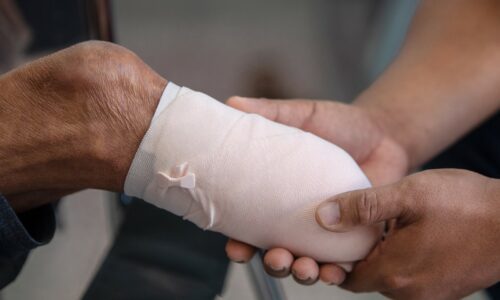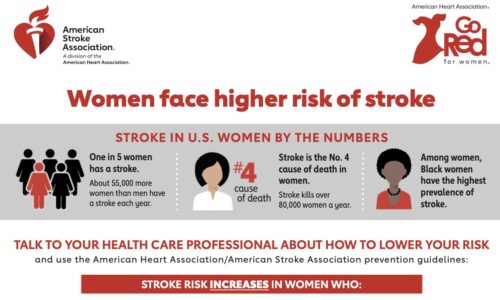Why is it important to have a strong core? |

Many people have heard about the benefits of having a strong “core”, but few really understand which muscles are parts of the core group or why they are so important.
Which muscles are considered to be part of the core? Although definitions of which muscles constitute the core vary, in general, they are considered to be the muscles of the back, side, and abdominal regions of the trunk. These muscles connect the upper body to the lower body and are important in stabilizing the spine. Specific muscles generally considered to be part of the core group are:
- Rectus abdominis — Also known as the “abs”, this paired muscle runs vertically on each side of the abdominal wall. The abs are used in bending over and help with maintaining posture.
- Erector spinae — A bundle of muscles and tendons that runs vertically, connecting the vertebrae from the cervical (neck) to the lumbar (lower back) regions. These muscles are used when standing up straight or bending backwards. Also important in stabilizing the spine.
- Internal and external obliques — Located on the sides of the abdomen and used when twisting to the left or right and when bending the trunk sideways.
- Transverse abdominis— Located on the front and side of the abdominal wall, beneath the internal oblique muscle. Provides stability to the thoracic spine and pelvic region.
- Multifidi— Connects adjacent vertebrae the entire length of the spine. Works in tandem with the transverse abdominis to help stabilize the spine.
What actions do core muscles perform? The core muscles serve as an important link between the muscles of the upper and lower body. By stabilizing the spine and pelvis, they create a solid base of support for movement of the arms or legs. Activities that involve lifting, bending, twisting or standing all benefit from having a strong core.
What are the advantages of having a strong core?
- Improved sports performance—Almost any sports activity can be enhanced by having strong core. Hitting a golf ball, swinging a tennis racket, running a 10K, kayaking, and cycling all rely on having a strong core.
- Help with physically demanding jobs—Those that involve lifting, twisting, or prolonged standing benefit from a strong core. Even desk jobs can be less taxing to the back when core muscles are strong.
- Maintenance of posture and balance. Core exercises teach the muscles in your abdomen, low back, hips and pelvis to work in concert with one another. This leads to better balance and posture. Improved balance helps to prevent falls and injuries.
- Prevention of low back pain. Core strengthening is one of the best ways to manage and prevent low back pain. Stabilizing the spine during activities such as lifting or bending over makes it more resistant to injury.
What are some examples of core strengthening exercises? Most core exercises incorporate the use of abdominal and back muscles in a coordinated manner. Perhaps the best known example is the abdominal crunch. Another is the bridge exercise demonstrated in this video. Other core exercises include the plank, abdominal press, superman, and quadruped. When first starting a core program, it is best to have these exercises demonstrated and monitored to assure that they are being performed properly. Physical Therapists, Certified Athletic Trainers and qualified Pilates instructors are good resources for teaching a core strengthening program.
If you have any more questions just Ask Hanna, our health advisors are here to help.
Image: ©Shutterstock / kamnuan








